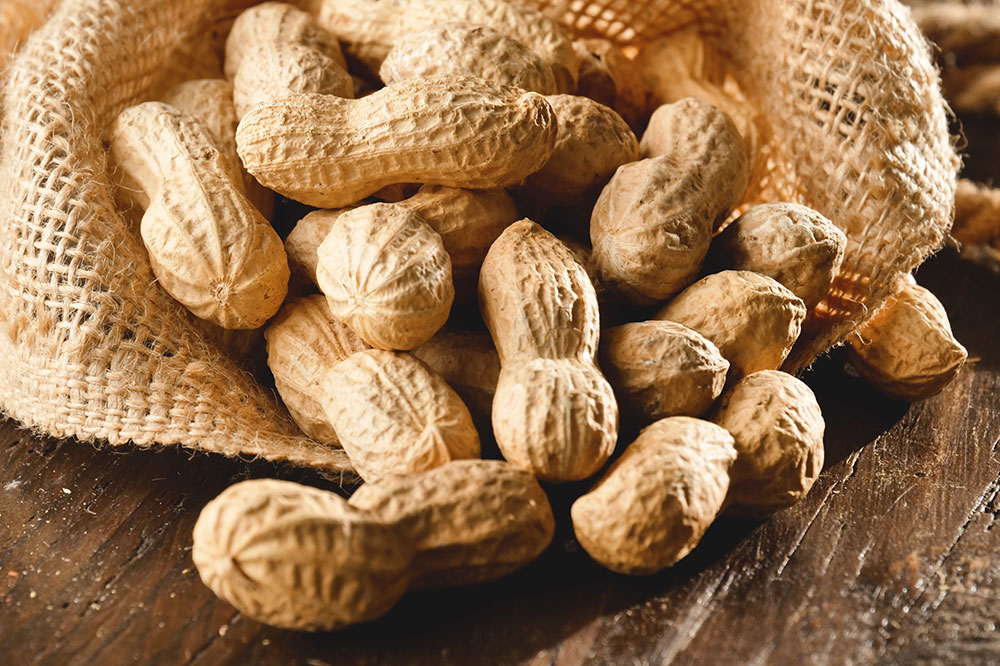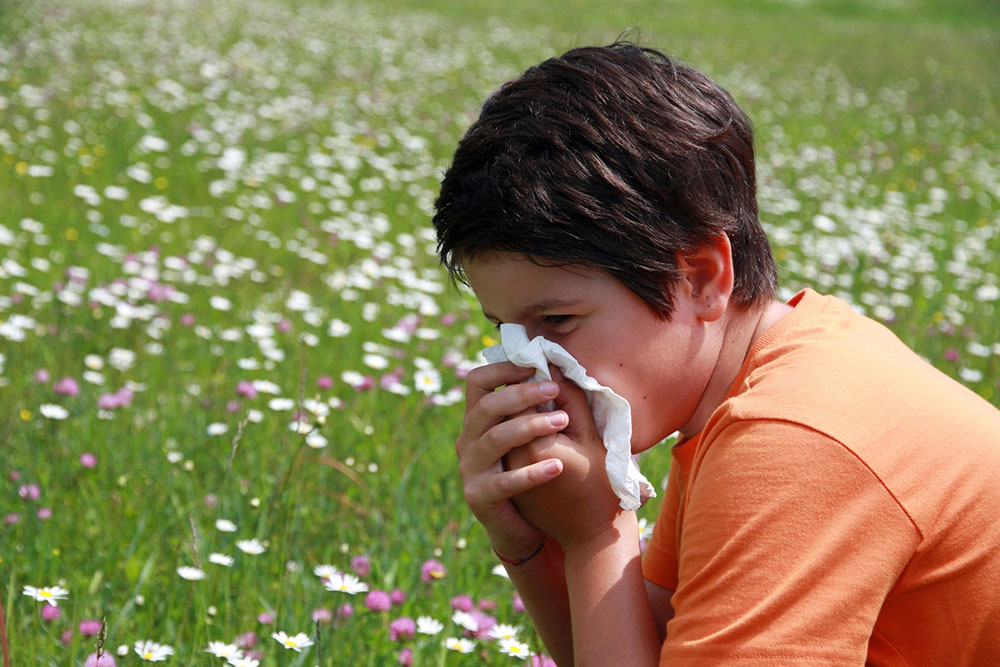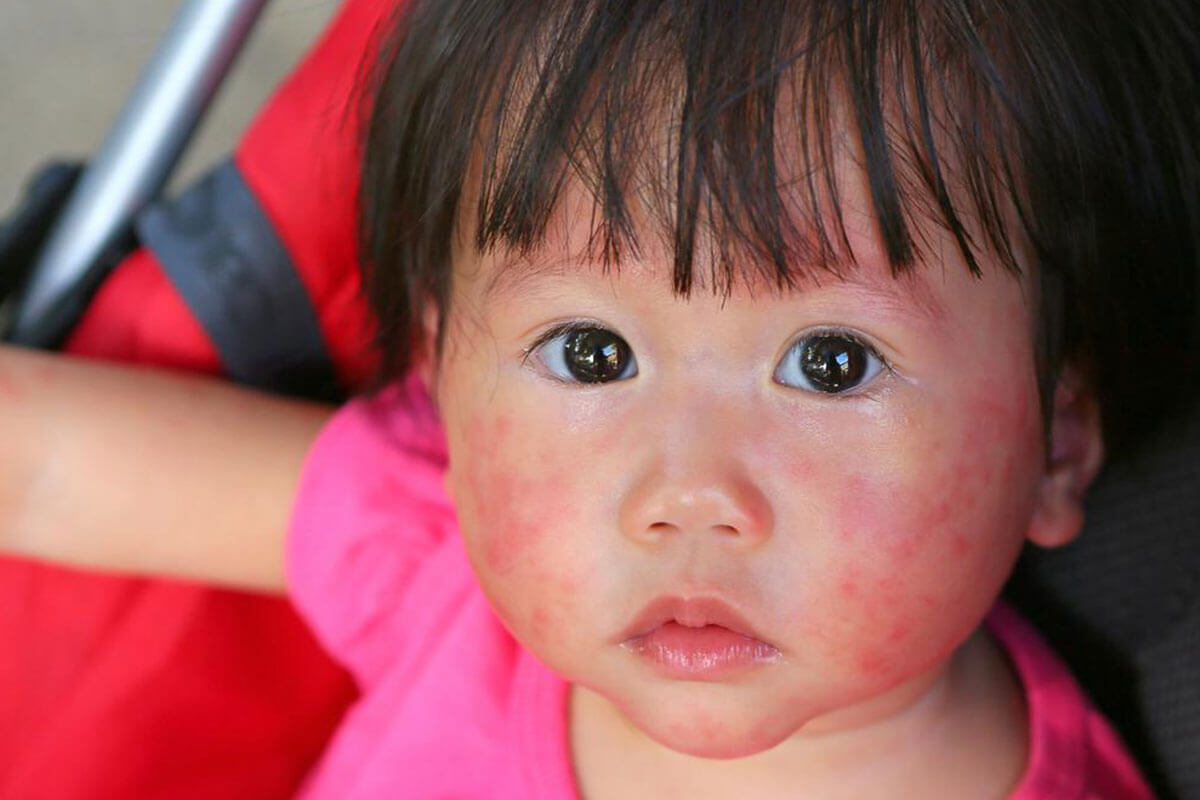Identifying Common Food Allergies and Recognizing Their Signs
This article highlights common food allergies such as peanuts, shellfish, wheat, milk, and soy, along with their typical symptoms. It discusses management strategies like avoidance and immunotherapy. Early diagnosis and professional guidance are essential for effective allergy management. Learn to identify allergic reactions to stay safe and prevent severe responses like anaphylaxis. The piece emphasizes the importance of medical consultation for personalized treatment and allergy management plans.

Recognizing Common Food Allergies and Their Symptoms
Food allergies occur when the immune system reacts improperly to harmless foods such as nuts, shellfish, dairy, wheat, and soy. These allergies are prevalent and can impact daily life. Early testing and consultation with healthcare providers are essential for managing allergies effectively. Allergies can also develop later in life. Here are some of the most frequently encountered food allergies and their symptoms.
Major Food Allergens
Peanuts
Peanut allergies are widespread. Common reactions include skin rashes, hives, and swelling of the throat. Severe cases may lead to anaphylaxis. Many individuals develop this allergy early, making medical guidance crucial for management.
Shellfish
Proteins like tropomyosin in shellfish such as lobsters, shrimps, scallops, and crayfish can provoke allergic reactions including hives, swelling, vomiting, and rashes. Due to the lack of a cure, the best approach is strict avoidance of shellfish in the diet.
Wheat
Wheat contains multiple proteins, with gluten being the most common allergen. Reactions typically involve rashes and swelling, predominantly in children. While many outgrow this allergy, persistent cases require complete wheat avoidance.
Milk
Lactose intolerance is frequent, with symptoms ranging from digestive issues to severe reactions like anaphylaxis. Eliminating milk and dairy products from the diet is the primary management strategy.
Soy
Soy allergies are often diagnosed in infants and children. Triggered by soybean proteins, symptoms include itchy mouths, wheezing, and nasal congestion. Many children outgrow this allergy over time; however, some may experience severe reactions such as anaphylaxis.
Several therapies can assist in managing allergic responses:
Oral Immunotherapy
Administered through small doses of peanut powder like Palforzia, aimed at desensitization.
Sublingual Immunotherapy
Involves placing peanut protein drops under the tongue for two minutes before swallowing, to build allergen tolerance.










